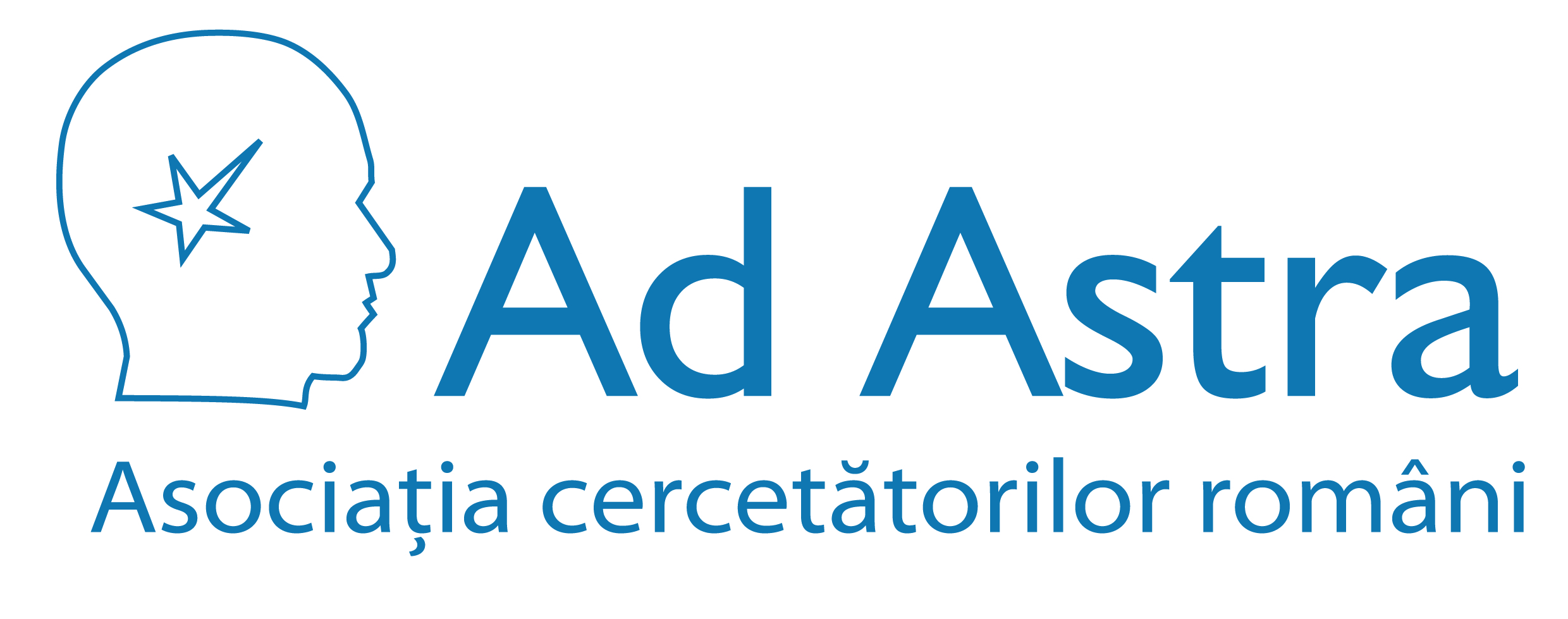Scopul nostru este sprijinirea şi promovarea cercetării ştiinţifice şi facilitarea comunicării între cercetătorii români din întreaga lume.
Staff Login
Articolele autorului Vlad CojocaruLink la profilul stiintific al lui Vlad Cojocaru
Dynamics of CYP51: implications for function and inhibitor design.
Sterol 14α-demethylase (cytochrome P450 family 51 (CYP51)) is an essential enzyme occurring in all biological kingdoms. In eukaryotes, it is located in the membrane of the endoplasmic reticulum. Selective inhibitors of trypanosomal CYP51s that do not affect the human CYP51 have been discovered in vitro and found to cure acute and chronic mouse Chagas disease without severe side effects in vivo. Crystal structures indicate that CYP51 may be more
Read moreDNA-mediated cooperativity facilitates the co-selection of cryptic enhancer sequences by SOX2 and PAX6 transcription factors.
Sox2 and Pax6 are transcription factors that direct cell fate decision during neurogenesis, yet the mechanism behind how they cooperate on enhancer DNA elements and regulate gene expression is unclear. By systematically interrogating Sox2 and Pax6 interaction on minimal enhancer elements, we found that cooperative DNA recognition relies on combinatorial nucleotide switches and precisely spaced, but cryptic composite DNA motifs. Surprisingly, all
Read moreStructural basis for the SOX-dependent genomic redistribution of OCT4 in stem cell differentiation
In pluripotent cells, OCT4 associates with SOX2 to maintain pluripotency or with SOX17 to induce primitive endoderm commitment. The OCT4-SOX2 and OCT4-SOX17 combinations bind mutually exclusive to two distinct composite DNA elements, known as the "canonical" and "compressed" motifs, respectively. The structural basis for the OCT4-SOX17 cooperativity is unknown. Whereas SOX17 has been engineered to replace SOX2 in the pluripotency circuitry, all generated
Read moreAvertismentul Ad Astra privind un nou set de propuneri de schimbare a codului studiilor doctorale
Comunicatul Ad Astra poate fi citit aici: http://docs.ad-astra.ro/AdAstra_doctorate.pdf
Read moreOCT4: Dynamic DNA binding pioneers stem cell pluripotency
OCT4 was discovered more than two decades ago as a transcription factor specific to early embryonic development. Early studies with OCT4 were descriptive and looked at determining the functional roles of OCT4 in the embryo as well as in pluripotent cell lines derived from embryos. Later studies showed that OCT4 was one of the transcription factors in the four-factor cocktail required for reprogramming somatic cells into induced pluripotent stem cells
Read moreRegulation of the activity of lactate dehydrogenases from four lactic acid bacteria
Despite high similarity in sequence and catalytic properties, the l-lactate dehydrogenases (LDHs) in lactic acid bacteria (LAB) display differences in their regulation that may arise from their adaptation to different habitats. We combined experimental and computational approaches to investigate the effects of fructose 1,6-bisphosphate (FBP), phosphate (Pi), and ionic strength (NaCl concentration) on six LDHs from four LABs studied at pH 6 and pH
Read moreOrganism-adapted specificity of the allosteric regulation of pyruvate kinase in lactic acid bacteria
Pyruvate kinase (PYK) is a critical allosterically regulated enzyme that links glycolysis, the primary energy metabolism, to cellular metabolism. Lactic acid bacteria rely almost exclusively on glycolysis for their energy production under anaerobic conditions, which reinforces the key role of PYK in their metabolism. These organisms are closely related, but have adapted to a huge variety of native environments. They include food-fermenting organisms,
Read moreA unique Oct4 interface is crucial for reprogramming to pluripotency
Terminally differentiated cells can be reprogrammed to pluripotency by the forced expression of Oct4, Sox2, Klf4 and c-Myc1,2. However, it remains unknown how this leads to the multitude of epigenetic changes observed during the reprogramming process. Interestingly, Oct4 is the only factor that cannot be replaced by other members of the same family to induce pluripotency. To understand the unique role of Oct4 in reprogramming, we determined the structure
Read more